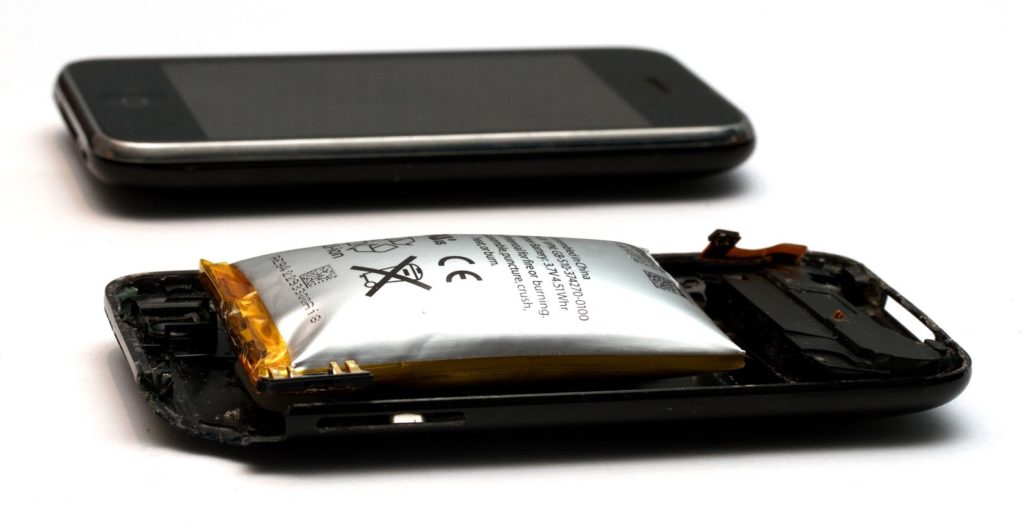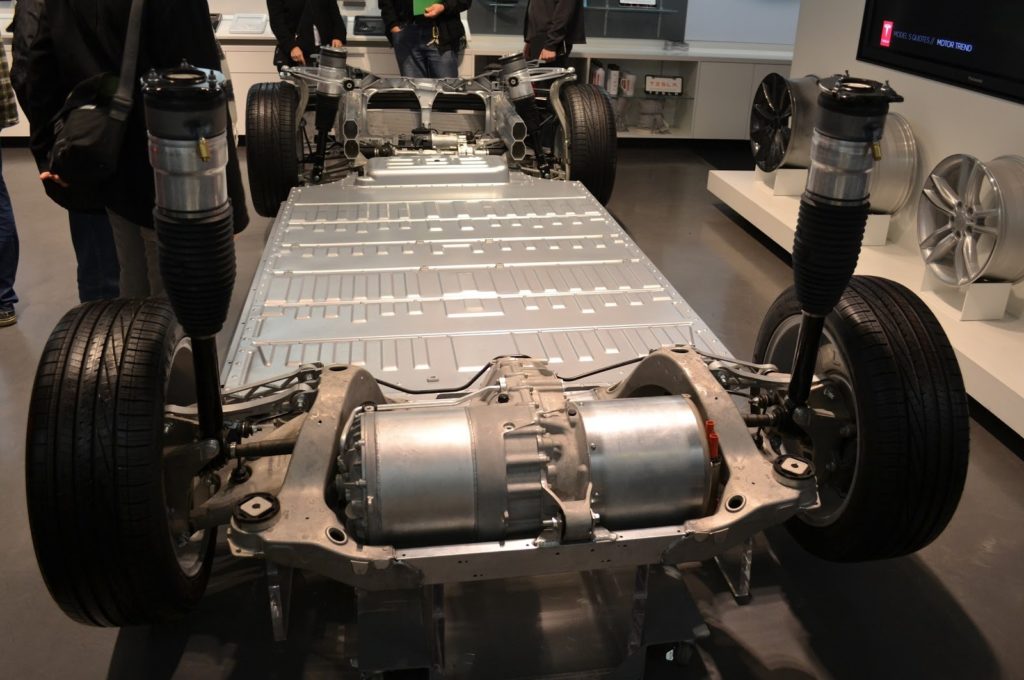In many ways, batteries stand at the center of today’s energy crisis. The levelized cost of solar and wind are plummeting below that of coal – which is good news – yet those technologies will never be able to replace fossil fuels unless the storage problem is sorted first.
Then there are our devices. Consumers are demanding devices that stay charged for longer and don’t need to constantly be hooked up to the mains for a new supply of energy according to laptop.review. And they want electric cars without range anxiety – vehicles with the same, if not greater, range than their gas-guzzling brethren.
The good news is that since Sony introduced us to lithium-ion batteries back in 1994, we’ve seen about a 5 percent increase in storage capacity per unit volume every year since, and a similar decrease in price. But compared to the exponential gains seen in other areas, such as chip speed or computer storage, this progress seems pitiful. Though things are going in the right direction, improvements are incremental rather than game-changing.
The real worry is that we’ll never get the battery breakthrough we want. Though there are start-ups engaged in producing battery technologies which will store energy at costs of less than $100 per kWh, the problem is integrating these technologies into the existing commercial power system, and gaining interest from major industries, like the auto sector.
The problem, according to Ellen Williams, the director of the US Department of Energy’s ARPA-E division, is that most people just don’t understand batteries. Although new devices come to market quickly, those are consumer products and operate by different rules to the battery sector. Commercializing new battery technologies is often very difficult, especially since many of them are unproven or unsafe.
The other big problem is the length of time it takes to develop a new battery technology. The founder of Solid Energy Systems, Qichao Hu, wants to develop a new type of lithium-ion battery with a metallic anode which will replace the traditional graphite anode. The problem, he says, is that developing a battery is almost always a compromise. Suppose for instance that you want to increase the energy density, then all of a sudden the price goes up, or the longevity of the battery falls. There really are no simple solutions.
Setting up a battery research facility is also incredibly expensive. Gerd Ceder, a professor at the University of California, told technologyreview.com that a new manufacturing line to produce state of the art batteries would cost at least $500 million – capital that most research institutions don’t have.
At the moment, it looks as if we’re going to end up with an ecosystem of battery technologies. Our devices, unless something dramatic happens, will be powered by lithium-ion cells. Storage for the electricity network will be provided in the form of sodium-ion batteries or flow batteries. There are even discussions about non-chemical ways of storing grid energy, like pumping water uphill or store energy as heat in giant, underground brick kilns.
It’s for these reasons (unless we get a radical new chemistry), that battery technology is likely to peak – and much sooner than many of us had hoped.
Leave a Reply
You must be logged in to post a comment.


